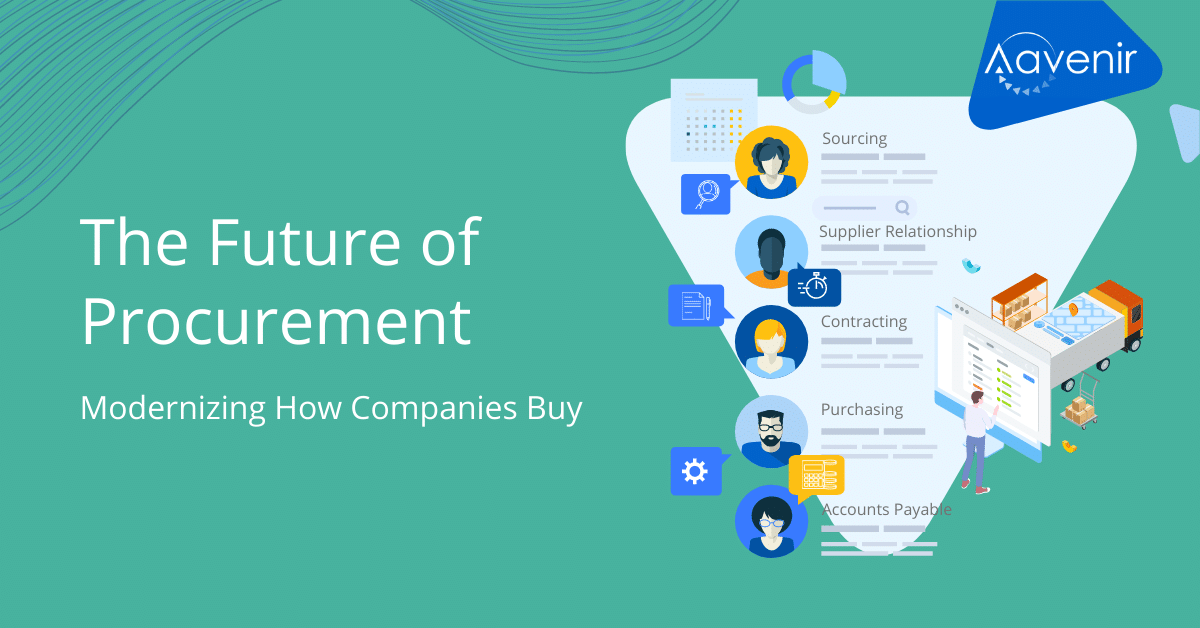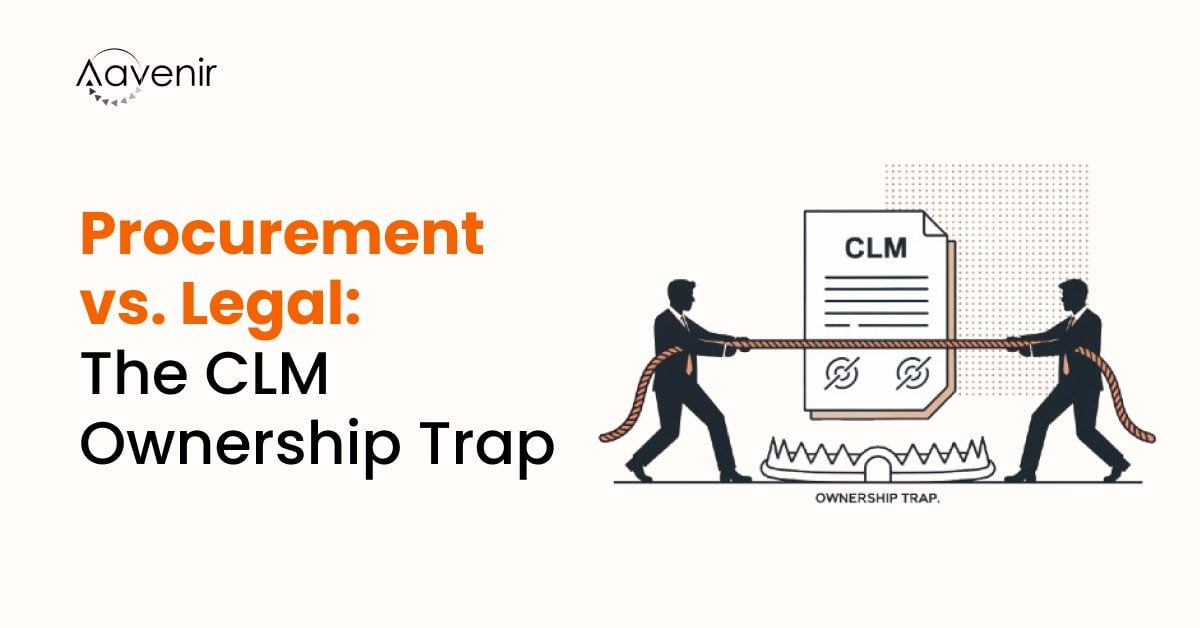As business technology offerings become more sophisticated, we sometimes see the evolution of certain business processes growing horizontally – upstream, or downstream, or sometimes both. This certainly holds true within the context of purchasing solutions.
Traditionally, the procure-to-pay process begins with the requisition of goods and services and ends with payment being issued to the vendor by accounts payable. Source-to-pay adds strategic sourcing to the process, providing an even more closely integrated spend management solution.1
The reasons for these evolutions are generally quite consistent: certain business processes should be considered one and the same, as there is the tangible value associated with leveraging consistent applications, data, and workflows throughout. This becomes more feasible as modern technology can support longer, more complex, and highly variable multi-department processes which may have previously been unrealistic in a single solution. The rapid market growth of multi-tenant, cloud-based business applications has played a key role. Organizations small and large now have more options than ever, and the total cost of ownership for complex process management suites shrinks significantly without the need for on-premise hardware and/or heavily customized software.
Source-To-Pay Today
Perhaps calling Source-to-Pay (S2P) a single process is a bit of an understatement, as illustrated in figure 1. More aptly, Source-to-Pay is a series of processes, carried out by Procurement, Legal, and Accounts Payable departments with input from all lines of business, depending on what’s being procured. More simply, it’s all the steps that must occur for a company to buy stuff. S2P is unique in that it permeates every single company in the world. Few other processes – especially of this scope – can claim such ubiquitous utilization.

Figure 1: End-to-end Source-to-Pay and Procure-to-Pay
At its very best, S2P is a well-orchestrated series of tasks, handoffs, and collaborations throughout your entire enterprise and with your suppliers. Every part of the company buys things, after all. For a significant number of organizations, however, these processes have evolved over time, and independently of one another. This leaves companies with a myriad of point solutions, disparate processes, limited visibility, and general inefficiency – both within and between each of the above chevrons.
Keep in mind that these processes are at the very core of a company’s spend management strategy. S2P defines how a company goes about spending money. Safe to say, the way most companies spend money is plagued with inefficiencies, manual and error-prone steps, broken communication chains, and (perhaps ironically) ends up costing them more money.
The Future of Source-to-Pay Workflow
In a 2017 McKinsey report, A road map for digitizing source-to-pay, analysts evaluated the entire S2P spectrum and deconstructed it into 240 discrete tasks. A significant finding of this analysis was that 56% of those tasks were fully or largely automatable. This highlights a great opportunity, as more and more companies are rigorously inspecting the core processes that run their business, seeking areas to add efficiency anywhere possible.
The market is reflecting this positive opportunity, as well. According to Reports and Data, 2019, the global market for Procure-to-Pay software was $5 billion in 2018. It’s projected to grow to $9.2 billion by 2026, at a healthy Compound Annual Growth Rate (CAGR) of 7.6%. Remember, Procure-to-Pay is only a fraction of the scope of Source-to-Pay. This suggests that there is even more room for growth, and stronger value propositions, as more companies begin to adopt a holistic approach to their spending strategy.
As is always the case with established, growing markets, innovative minds are asking themselves: What will be the “big thing” that truly disrupts the old way of doing things, and takes us to the next generation of procurement nirvana?
The aforenoted McKinsey report identifies “several emerging technologies, including robotic process automation (RPA), machine learning, and advanced artificial intelligence programs” as some of the key technology that is well-positioned to disrupt the space. Additionally, business process continuity between departments, and supporting technology to drive cross-department workflows and automation, are already having a significant impact on the cost and time efficiency of how S2P is executed. Organizations should be evaluating this today, as it provides a tremendous opportunity for immediate bottom-line benefits.
As every company is currently shouldering the burden of a new distributed remote workforce, legacy processes that were once taken for granted are being exposed, for lack of a better term, as massive time sinks. The days of tapping Jim on the shoulder and asking him “what’s the holdup” have quickly vanished. Jim’s at home, and so are you, and that’s not likely to return all the way back to the normal we knew, even after the current circumstances with COVID-19 are behind us.
Most successful entrepreneurs and business leaders share a common school of thought: where there are big challenges, there are big opportunities. Let us now consider some of the opportunities that are available to you today, and how you might approach them.
Where to begin
If you’re a CPO, CIO, or CFO, ask yourself these questions:
- How much insight do I really have into our spend strategy and associated processes?
- Do I have real time insight to critical data, supplier SLAs, and obligations?
- How many days are lost each month to inefficiency caused by siloed information?
- Are we regularly paying penalties, overages, and other avoidable fees?
- Are people on my team spending significant time manually keying data between systems?
- Is our spending strategy working for us, or against us?
Considering Challenges and Barriers to Entry
A great place to start with any business process evaluation is with the people involved. Borrowing McKinsey’s approach, begin mapping out the individual steps taken from the time someone decides they need to buy something, all the way until it’s delivered and paid for. Odds are you will quickly find that it’s a convoluted path from beginning to end, and roadblocks appear seemingly without relent.
As you embark on this corporate cartography, pay close attention to the moments when these things happen, and how smoothly it goes:
- The primary business application(s) being used changes
- The team primarily managing the process changes
- Data is extracted from one source and put into another
- The task at hand is reliant upon effective communication between multiple parties
Moments like these will offer an immediate opportunity for optimization. Of course, there are many more, some of which may be unique to your enterprise or industry. Any time the above items occur, the door is wide open for delays and errors, costing you time and money. Industry benchmarks suggest that most organizations waste 3 to 4 percent of their overall external spend on excessive transaction costs, inefficiency and noncompliance.2 That means for every million dollars of spend, you could realistically anticipate $35,000 going straight back to the bottom line with the adoption of an end-to-end solution. That’s a very compelling cost justification for such an investment. You’ll likely find that implementing an end-to-end S2P solution will present the opportunity to sunset multiple point solutions along the process, as well, also strengthening your case and increasing ROI.
When documenting requirements for such a digital transformation, quantify the relative business impact of each requirement. Focus your market research on the items that you feel will provide the biggest improvements and most value. The above bullets are a great place to start, as they’re often the most painful parts of the process. And as we know, great challenges come with great opportunities.
Evaluating Source-to-Pay Solution Vendors
When reviewing the market, look for vendors who provide a fully integrated suite, with a consistent data model, communication tools, a high degree of configuration, powerful reporting and analytics tools, and the capacity to automate as many things as possible. Examples of tasks that are ripe for automation:
- Document routing
- Data extraction
- Data entry
- Approval requests and capture
- Criteria-based escalations
- Document filing and linking
In other words, think big! Many modern solutions available today are leveraging Machine Learning (ML), Natural Language Processing (NLP), and Artificial Intelligence (AI). While cutting edge, these technologies are largely in their infancy. So, pay heed to organizations who are committed to innovation, and whose core offering isn’t outdated and antiquated, relying on infrastructure that inhibits such advanced functionality. Partnering with a vendor that is well equipped to continue adding more and more value into the future is paramount. The journey won’t be short, but the payoff can be great.
Introducting Aavenir – The Source-to-Pay Solution Suite on ServiceNow
At Aavenir, we are committed to defining the future of work. Innovation is at the core of our strategy, and we feel we’re just scratching the surface of how companies of tomorrow will define “efficient”. Aavenir Source-to-Pay solutions are built 100% native on the ServiceNow platform, thus inherently delivering world-class business process management, workflows, security, reliability, and an easy to adopt set of solutions. Whether you struggle most with sourcing, vendor management, contracts, or accounts payable, Aavenir has solutions to address your biggest challenges. Our team is comprised of industry experts, with most of our staff have held multiple roles at multiple organizations in the S2P and Contract Lifecycle Management spaces.
If your organization is already using the ServiceNow platform, and ready to embark on the next chapter of your procurement strategy, then give us a call. You’ve already got the systems in place, and we’re here to help drive additional value by extending that platform capability to more critical stakeholders across your entire value chain.
After all, what’s more, important than controlling your spending?



